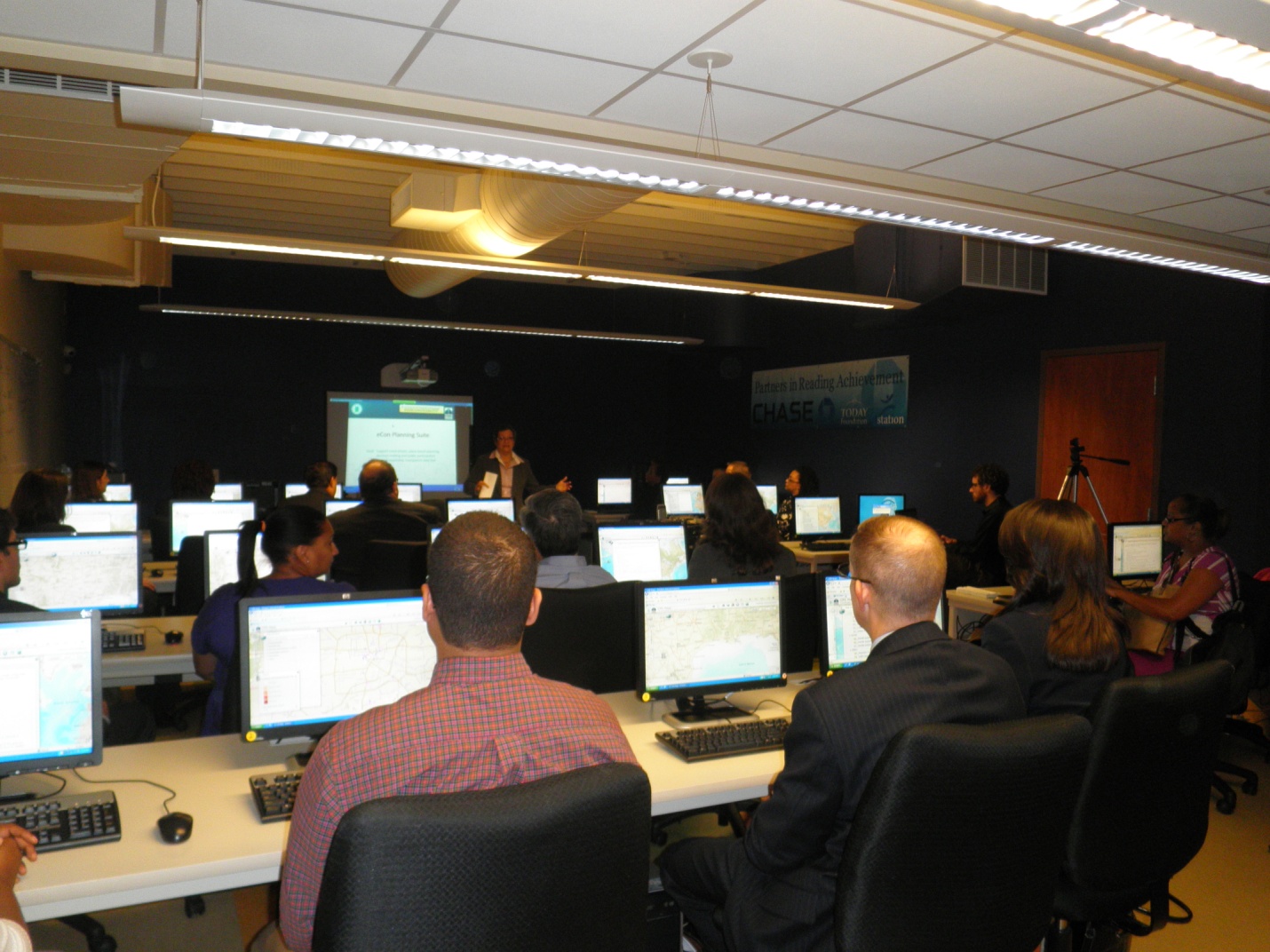
It used to be that HUD would require more than 1,200 cities, counties and states to undergo a paper-based, time-intensive and costly planning process as a condition of receiving billions of dollars in federal funding. All of this changed on May 7, when the Office of Community Planning and Development at HUD launched the eCon Planning Suite, a set of tools using 21st Century data and technology to help communities make sure scarce federal dollars are targeted to where they are needed most and can achieve the biggest impact. And on top of that, it’s estimated that this new approach will save state and local communities at least 65,000 staff hours each year and thousands of dollars in consultant fees.
These new 21st Century tools will support communities in need-driven, place-based decision-making that will improve community and economic development outcomes – in short, targeting federal funds to the places that need it most.
HUD’s new approach to planning will also empower the public in a way we’ve never been able to before. Imagine, anyone can log on to a new mapping tool (we call it CPD Maps) and see precisely where the need is in their neighborhoods, where investments have been made, and be more informed when they argue for their vision of where federal tax dollars ought to be targeted. This is democracy in data!
President Obama directed agencies to be place-based, accounting for the unique needs and conditions in each community to better support communities to achieve outcomes. So we asked ourselves, “What is it that only the federal government can do to support a place-based approach to affordable housing and community development?” Only the federal government can establish a national template to set the standards and raise the floor for communities. Only the federal government can provide data from multiple federal agencies for all places nationally, with a state-of-the-art mapping tool to interpret it. Only the federal government can make these tools available online for everyone to use. The federal government can and should support communities in their work to assess needs, set priorities, and engage meaningful public participation in making targeted investment decisions.
We tested these tools on the ground in real places. We’ve already heard from several of our partners in state and local government and community groups, and here is a sampling of what they’re saying:
“This tool will allow us to do more need-driven, place-based work where we can actually target what we have to do in the community, what is needed in the community, rather than trying to match funding streams. The data that it will provides real information that can be used for effective planning in the neighborhoods.” – Houston Mayor Annise D. Parker
“These new tools that HUD is making available are coming at such a critical time. When every dollar matters now more than ever before, these tools allow us to really target in a strategic way the resources that we do have, and then to make sure we’re connecting those HUD resources with all of the other parts of the City.” – Fresno, California Mayor Ashley Swearengin
“I think that providing the information to community residents – making it available, easily understood, and tied to a planning process about how to spend resources, how to improve community, really democratizes the data and allows for the kind of participation that changes communities.” – Angela Glover Blackwell, CEO, PolicyLink
For more information: http://www.hud.gov/offices/cpd/about/conplan/index.cfm
Mercedes Márquez is the Assistant Secretary for Community Planning and Development at the Department of Housing and Urban Development.


